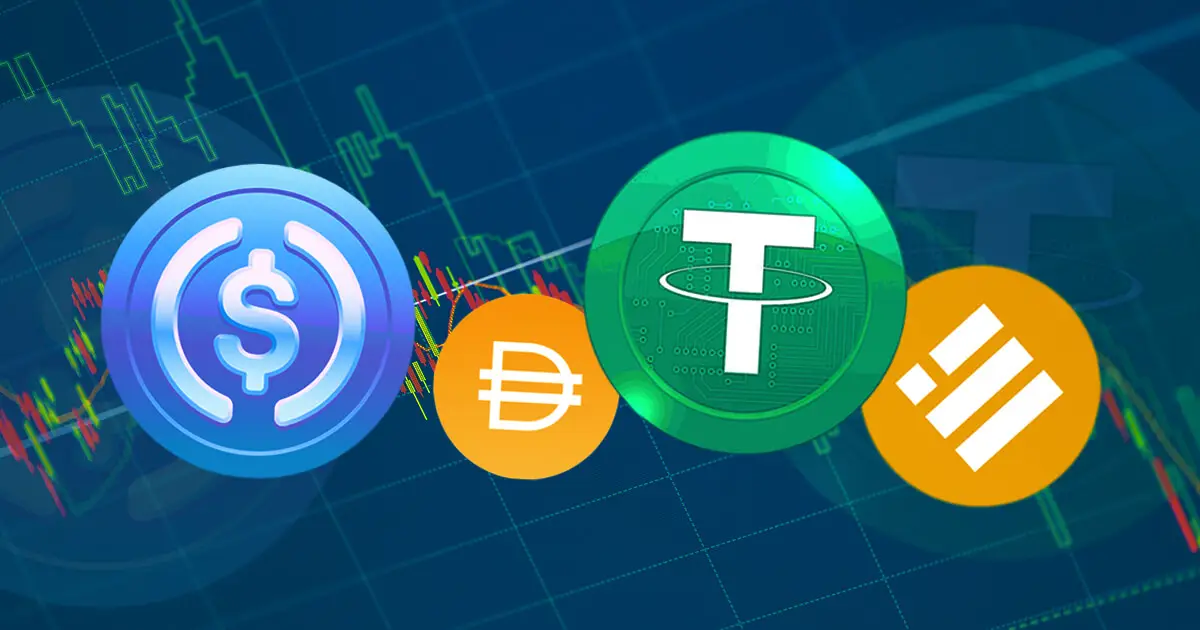The current market offers a wide variety of assets, but only a few of them allow you to start with minimal capital and access global liquidity 24 hours a day, 7 days a week. How to trade Bitcoin? The skill is based on knowledge of the trading infrastructure, understanding the psychology of participants, the ability to analyse the structure of the chart and manage the position correctly.
How to trade Bitcoin: starting point
Before taking the first step, you need to build an infrastructure. To trade cryptocurrencies on the exchange, you need to choose a platform with high liquidity, a reliable legal structure, a fast execution system, and accessible market depth.
The interface should include modules for technical analysis, charts, order management, and loss limitation tools. The exchange provides access to the main trading pairs: BTC/USDT, ETH/USDT, SOL/BTC, and allows you to use both market orders and limit orders.
How to trade with Bitcoin: the process begins with verification, topping up the balance, setting up two-factor authentication, and selecting the mode: spot or futures. The first is a direct exchange of assets. Futures are leveraged transactions on price changes without the actual purchase of the asset.
Order, position, transaction: mechanics within the platform
 The trading cycle starts when an order is placed. There are three basic types:
The trading cycle starts when an order is placed. There are three basic types:
- market — instant execution at the current price;
- limit — an order to buy or sell at a predetermined level;
- stop — activated only when a specified price value is reached.
It is impossible to understand how to trade Bitcoin without understanding the principles of how orders work. An order forms the depth of the order book and affects price dynamics. After a trade is activated, the position takes into account the entry price, volume, commission, and set target (take profit) or protection (stop loss). The combination of these parameters allows you to control the result regardless of market fluctuations.
Strategy: logic of entering and exiting the market
Chaotic entry turns trading into a game. The basics of Bitcoin trading require a clear strategy. In practice, several approaches are used:
- scalping — working on minimal movements with a large volume of transactions;
- intraday — opening and closing a position within a day;
- swing — holding a position for several days or weeks;
- position trading — a long-term bet on a trend with infrequent transactions.
The right way to trade Bitcoin is to tailor your strategy to your personal schedule, personality type, and capital level. The high-frequency model requires maximum attention, while the passive model requires a calculated entry. Each strategy includes entry points (by trend, on a pullback, from a level), exits (by profit, by time, by signal), support and stop-loss levels.
How to trade Bitcoin: chart, indicators and price behaviour
Technical analysis plays the role of navigation. The study begins with an understanding of basic patterns: support and resistance levels, reversal patterns, candlestick combinations, and trend lines.
Additional indicators are used:
- SMA/EMA — moving averages to identify the direction of the trend;
- RSI — overbought/oversold indicator;
- MACD — intersection of trend lines and histograms;
- Volume — confirmation of movement.
Trading Bitcoin without studying the interaction of price with level means losing your bearings. Chart analysis forms an entry point, limits emotional reactions, and ensures repeatability of results.
Risk management
Trading begins with capital protection. Risk management includes three key elements:
- position size: no more than 1–3% of capital per trade;
- stop level: limiting losses within a predetermined percentage;
- risk-reward: a profit-to-loss ratio of at least 1:2.
Crypto trading for beginners requires discipline. The market attracts with the possibility of high returns, but mistakes increase due to increased volatility and round-the-clock activity. Clear risk management separates strategy from chaos. A loss of 10% of capital requires an 11% profit to recover. A 50% loss means 100%. That is why protecting your position is critical.
Security: systematic capital protection
The platform is not responsible for user behaviour. Mistakes when entering addresses, compromised access, installing malicious extensions, working through public Wi-Fi — each of these factors opens up access to attackers. Cryptocurrency trading for beginners includes setting up a wallet, creating backup phrases, and storing keys offline. Do not store all your capital on the exchange — hot wallets are vulnerable.
Use a combination of:
- a cold wallet (e.g., hardware) for storage;
- a hot wallet for active trading;
- two-factor authentication, address whitelisting, and IP access confirmation.
Training: skill development
Without a systematic approach, trading becomes a gamble. Training in BTC trading includes theory, practice, error analysis, keeping a trading journal, and constant analysis of results.
The training process for trading Bitcoin on an exchange includes
- learning terms: order, glass, long, short, volume;
- working on a demo account with minimal risk;
- setting up the terminal;
- visual analysis of charts;
- assessing the market context: trend, flat, news background.
This skill requires time, patience, and adjustments to your approach.
How to trade Bitcoin on the exchange: step-by-step instructions
A model for implementation in your investment strategy:
- Open an account on the exchange — complete verification, top up your balance.
- Set up security — two-factor authorisation, whitelist, IP verification.
- Master the interface — chart, orders, indicators, transaction history.
- Choose a strategy — by time, volume, goal.
- Set up transaction parameters — entry, stop, goal.
- Conduct technical analysis — levels, indicators, models.
- Open an order — limit or market.
- Keep a trading journal — date, result, reason for entry.
- Analyse the result — identify successful and erroneous actions.
- Adjust the strategy — adapt it to the market and personal characteristics.
Conclusion
 Trading, especially trading in bitcoins, requires discipline above all else. Success does not depend on the choice of platform, but on your trading system. Even the simplest interface does not eliminate the complexity of the market. The most important thing is not to just start trading, but to stay in the game. It is not the fastest trader who wins, but the one who can assess risks, accept losses as part of the process, and record profits according to a clear plan.
Trading, especially trading in bitcoins, requires discipline above all else. Success does not depend on the choice of platform, but on your trading system. Even the simplest interface does not eliminate the complexity of the market. The most important thing is not to just start trading, but to stay in the game. It is not the fastest trader who wins, but the one who can assess risks, accept losses as part of the process, and record profits according to a clear plan.
 en
en  ru
ru  de
de  ar
ar  es
es  nl
nl  hi
hi  fr
fr  it
it  pt
pt  el
el 










